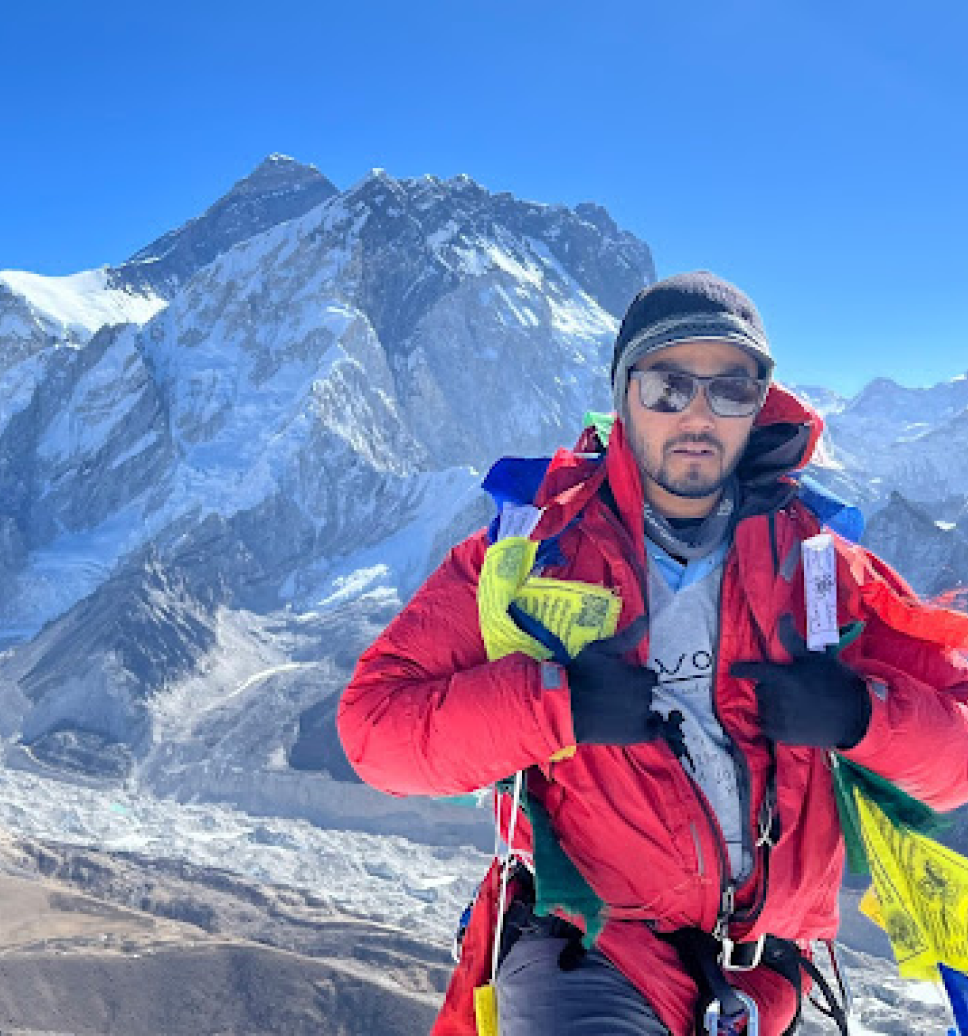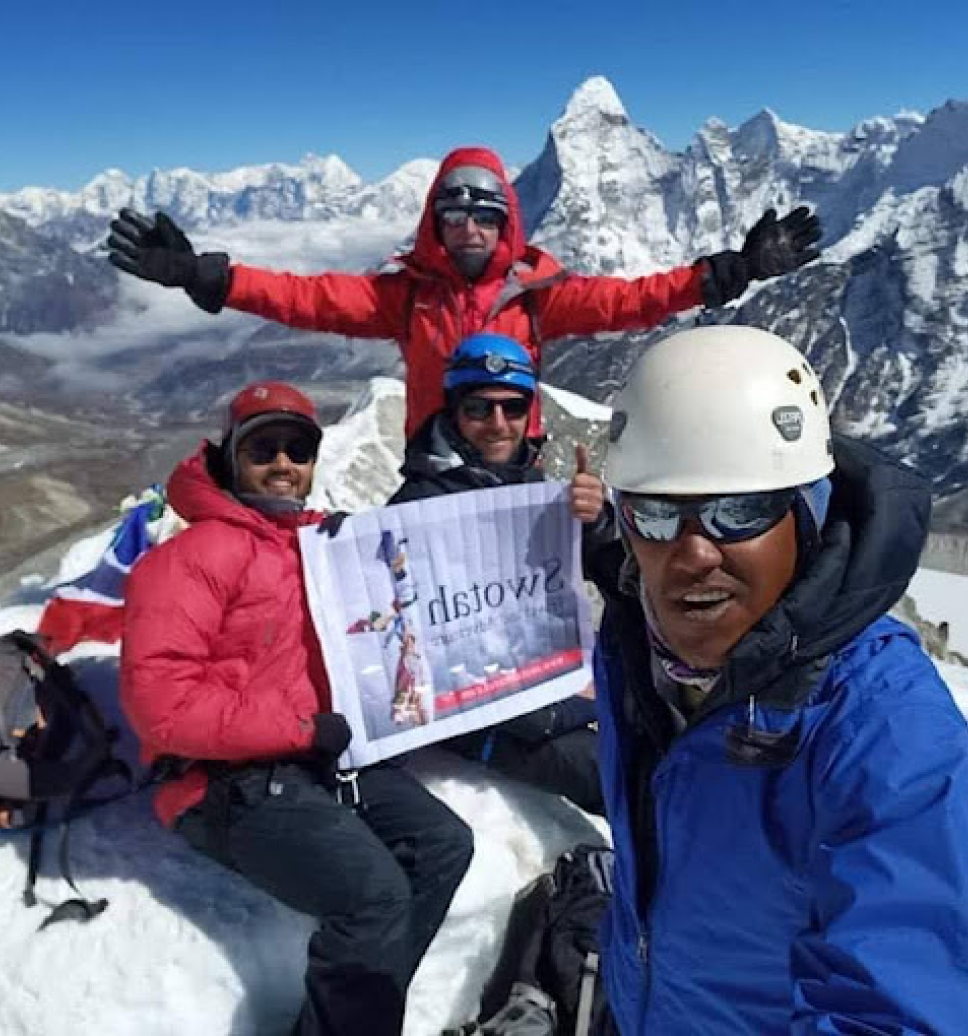GUARANTEED DEPARTURES
Check upcoming trip dates, availability & prices. If you can't see dates that suite you, contact us we will do our best to assist you.
| GUARANTEED DEPARTURES | PRICE | AVAILABILITY | |
| Mar 2, 2026 - Mar 7, 2026 | $515 | High | |
| Mar 10, 2026 - Mar 15, 2026 | $515 | High | |
| Mar 19, 2026 - Mar 24, 2026 | $515 | High | |
| Mar 28, 2026 - Apr 2, 2026 | $515 | High | |
| Apr 6, 2026 - Apr 11, 2026 | $515 | High |
Trek Highlights
- Mardi Himal Trek is short and easy trek with a low altitude of 4450m.
- It is a less touristic area that proffers the spectacular views of Mardi Himal, Machhapuchhre, Annapurna South, Hiuchuli, Dhaulagiri, Manaslu and many other Himalayas of Nepal.
- Passes through many camps on the way such as Australian Base Camp, Forest Camp, Low Camp, High Camp along with Mardi Himal Base Camp.
- Mardi Himal Base Camp, Sidhing Village, and Lwang are the major attractions of this trek.

Mardi Himal Trekking takes you to the untouched and less crowded part of the nature that is easy and short in comparison to many other trekking routes in Nepal that will definitely amaze you with its beauty of hidden village trails with its unique flora and fauna along the way and proffers you with the wonderful views of alluring Nepal Himalayas including the Annapurna Ranges, Mardi Himal, Manaslu, Dhaulagiri, Hiuchuli, Machhapuchhre and many others.
Photo Gallery
Dive into our gallery to get a glimpse of the awe-inspiring vistas waiting for you on our guided treks across stunning landscapes.
Brief Itinerary
Day
1
Drive to Kande,Trek to Australian Base Camp
Day
2
TREK TO FOREST CAMP
Day
3
TREK TO HIGH CAMP
Day
4
HIKE TO MARDI BASE CAMP
Day
5
TREK TO SIDHING
Day
6
DRIVE TO KATHMANDU
Comprehensive Trek Guide
The Mardi Himal Trek is an exciting yet off-the-beaten trekking route in Nepal's Annapurna region, offering awe-inspiring views of the majestic Annapurna range and the sacred Machhapuchhre peak. Perfect for those short on time, this trek can be completed in as little as one week and is gaining in popularity due to its beauty and ease of access.
This 6-day Mardi Himal trek is one of the best cultural treks in the Annapurna region which is still unspoiled. Although the trek continues along with the spectacular view of Mardi Himal, Machhapuchhre (Fishtail), Annapurna south and Hiuchuli, it is the least visited route in the Annapurna region. This gives the opportunity to enjoy the trek without congestion as you hardly meet other tourists.
Mardi Himal Trekking takes you to the untouched and less crowded part of nature that is easy and short in comparison to many other trekking routes in Nepal. This trek will definitely amaze you with the beauty of hidden village trails, unique flora and fauna along the way and proffers you wonderful views of the alluring Nepal Himalayas.
Why Mardi Himal Trek?
The Mardi Himal Trek is gaining popularity as one of the finest treks in Nepal, owing to its magnificent mountain scenery, short duration of just a week, verdant green forests, and peaceful ambiance.
With various activities such as trekking through the lush green hills and forests, witnessing breathtaking mountain vistas, and even mini mountaineering for the adventurous ones, the Mardi Himal Trek caters to all types of travellers and adventurers. It also provides a unique opportunity to explore the Himalayan region and its culture. Trekkers can rejuvenate while soaking in the stunning views of mountains and lush forests along the trails. As it can be completed in just a week, it's an excellent option for individuals with busy schedules who want to escape from the chaos of city life.
Mardi Himal Route Overview
This relatively lesser-known and less crowded trekking trail begins at Kande or Phedi, after a short drive from Pokhara. The initial part of the trek meanders through enchanting rhododendron forests and terraced farmlands, gradually ascending to the beautiful village of Pothana.
From Pothana, trekkers continue their journey to Pitam Deurali, where they get their first glimpse of the mesmerizing Mardi Himal and Machapuchare peaks. The trail then leads to Forest Camp, which serves as a peaceful resting spot amidst the dense woods. The following day, trekkers ascend to Low Camp, which offers splendid views of the surrounding landscape and the majestic Machapuchare. The trail gets more challenging as it climbs up to High Camp, situated above the tree line, offering an awe-inspiring panorama of the Annapurna mountain range.
The final push to the Mardi Himal Base Camp is the most exhilarating part of the trek, with dramatic close-up views of Mardi Himal, Annapurna South, and Hiunchuli peaks. After reaching the base camp, trekkers retrace their steps back to High Camp, and then descend to the charming village of Siding or Lwang, before heading back to Pokhara.
- Forest Camp: Nestled among the rhododendron and oak forests, this charming campsite offers a serene setting and the first taste of the incredible mountain vistas to come.
- Low Camp: As you continue to ascend, the vegetation begins to thin out, providing even more spectacular views of the surrounding peaks.
- High Camp: The highest point of the trek, High Camp offers unparalleled views of the Annapurna range and the opportunity to explore the picturesque Mardi Himal Base Camp.
- Siding Village: After the descent from High Camp, you'll have the chance to experience traditional Nepali village life and enjoy the warm hospitality of the local people.
Mardi Trek Difficulty
The Mardi Himal Trek is a relatively easy trek in Nepal that offers spectacular views of the Annapurna range. The trail starts at a low elevation and gradually climbs to an elevation of 4,500 meters, making it suitable for most people. While the trail is not overly challenging, some areas require caution. The trail passes through narrow valleys and high ridges, and the entire trail is uphill until Upper View Point.
Most trek days include 4-7 hours of slow hiking, so it's important to be in good physical condition to tackle the trek.
In addition, the snow season can make the trail tricky. Trekkers should be aware of crevasses, as well as snow and ice, and heed the instructions of the guide in order to avoid any potential danger. It is also important to be prepared with the right gear and clothing, as the weather can change quickly in the mountains.
Accommodation and Food During the Trek
Accommodation and food options during the Mardi Himal trek route are limited but adequate. Trekkers can expect to stay in teahouses or lodges along the trail, which offer basic amenities such as clean beds, blankets, and shared bathrooms. The teahouses typically have a communal dining area, where trekkers can socialize and relax after a long day of hiking.
The food options in the teahouses are also limited, but hearty and delicious. The menus mostly consist of local Nepali dishes such as dal bhat (rice, lentil soup, and vegetables), momos (dumplings), and noodle soup. Some teahouses also offer international dishes such as pizza and pasta, but they may not be as authentic or flavorful as Nepali cuisine.
It is advisable for trekkers to carry some snacks and energy bars for the trek, as there may be limited food options in some of the teahouses. It is also essential to stay hydrated during the trek, and trekkers can refill their water bottles at the teahouses, but it is recommended to treat the water with purification tablets or filters to avoid any water-borne illnesses.
Overall, while the accommodation and food options may be basic during the Mardi Himal trek, they are sufficient to provide trekkers with a comfortable and fulfilling experience amidst the stunning mountain scenery.
Best Season for Mardi Himal Journey
The best season for the Mardi Himal trek is during the autumn (September to November) and spring (March to May) seasons when the weather is relatively stable, and the skies are clear, providing breathtaking views of the mountain peaks.
During the autumn season, the weather is generally dry, and the skies are clear, offering unobstructed views of the snow-capped mountains. The temperature during the day is mild, making it ideal for trekking, while the nights can get chilly. The autumn season is also the peak trekking season in Nepal, and the teahouses along the trail may be crowded.
The spring season is also an excellent time to trek to Mardi Himal, as the weather is pleasant, and the blooming rhododendron forests add a vibrant touch to the landscape. The days are warmer, making it ideal for trekking, while the nights can still be chilly.
During the winter season (December to February), the temperatures can drop below freezing, and the trails may be covered in snow, making it challenging for trekkers to navigate. However, the winter season offers unique views of the snow-covered mountains and a peaceful trekking experience, with fewer crowds on the trail.
The monsoon season (June to August) is not recommended for trekking to Mardi Himal, as the trails can be slippery, muddy, and prone to landslides due to heavy rainfall.
Packing List
Here is a list of essential items that trekkers should pack for the Mardi Himal trek:
- Hiking boots: Comfortable and sturdy hiking boots with good ankle support are essential for the trek.
- Warm clothing: The temperatures can drop significantly during the night, so trekkers should pack warm clothing such as a down jacket, fleece jacket, thermal base layers, and warm socks.
- Rain gear: A lightweight, waterproof jacket and pants are essential to protect against unexpected rain showers.
- Backpack: A comfortable, lightweight backpack is necessary to carry essentials such as water bottles, snacks, and extra clothing.
- Trekking poles: Trekking poles help to reduce the strain on knees and provide balance on uneven terrain.
- Water bottles and purification tablets: Trekkers should carry at least two water bottles and purification tablets or a filter to treat the water before drinking.
- First aid kit: A small first aid kit with essentials such as bandages, antiseptic cream, and pain relievers can be helpful in case of any injuries or illnesses.
- Sun protection: Sunglasses, a hat, and sunscreen are essential to protect against the harsh UV rays at high altitudes.
- Headlamp or flashlight: A headlamp or flashlight is necessary as the teahouses may have limited or no electricity during the night.
- Personal hygiene items: Toiletries such as toothbrush, toothpaste, wet wipes, and hand sanitizer should be packed.
- Cash: Trekkers should carry enough cash to pay for food, accommodation, and other expenses along the trail, as ATM facilities may not be available.
Tipping Recommendation
We recommend allocating 10-15% of your total tour cost to tipping guides, drivers, and other hardworking staff who ensure your experience is unforgettable. While tipping is not mandatory, it is a meaningful way to support the seasonal workers who dedicate themselves to making your trip extraordinary.
By booking with us and participating in the tipping culture, you are directly contributing to Nepal’s local economy and helping sustain the tourism workforce. This support is crucial in retaining talent within the country and addressing challenges like brain drain.
Your generosity makes a lasting impact—thank you!
Detailed Itinerary
Meals: Dinner
Accommodation: Guesthouse
Meals: Breakfast,Lunch,Dinner
Accommodation: Guesthouse
Meals: Breakfast,Lunch,Dinner
Accommodation: Guesthouse
Meals: Breakfast,Lunch,Dinner
Accommodation: Guesthouse
Meals: Breakfast,Lunch
Accommodation:
Meals: Breakfast
Accommodation: -
What's Included
- Airport Transfers.
- Accommodation during trek.
- Transportation by tourist bus.
- All meals (Breakfast, lunch, dinner) during the trek.
- Authorized English-speaking guide.
- All applicable government tax.
- All necessary paperwork and Annapurna Circuit Trekking Permit, Trekkers' Information Management System fees (TIMS).
- Medical kit (carried by your trek leader).
What's not Included
- International flights; Nepalese visa fee.
- Extra night accommodation in Kathmandu and Pokhara because of early arrival, late departure or early return from mountain due to any reason other than the scheduled itinerary.
- Anything not mentioned in the itinerary
- Travel and rescue insurance.
- Personal expenses (phone calls, laundry, bar bills, battery recharge, extra porters, bottle or boiled water, shower, etc.).
- Tips for guide(s), porter(s) and driver(s).
Frequently Asked Question
1. What is the overnight accommodation like
2. How big are the groups
3. Is this a popular trek
4. Can I do solo trek
5. Is Travelling in Mardi Himal Trek safe for women
6. What about security during trekking
7. What sort of food can I expect in trekking
8. Is the drinking water safe in trekking region
9. What mode of transportation do you use
10. What is the best season for trekking in Mardi Himal Trek
11. Will I be taken care of during emergency
12. What is appropriate dress for trekking
13. Is it possible to alternate or change the day trips
14. Are we sure to get room while trekking
15. Are your guides reliable and certified
16. How can I charge my electronics during the trip
17. Is there any communication while we are on trekking
18. Can I add extra days to my trekking trip
19. What immunizations will I need
20. How far do I trek each day
21. How will my booking be processed
22. Can we use the credit card during the trek
23. Do we need to carry our bags by our self or you will provide porters
Company Reviews
Similar Trips
Related Trips
Let your travels tell a story—crafted by locals, inspired by mountains, and lived by you.


















